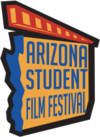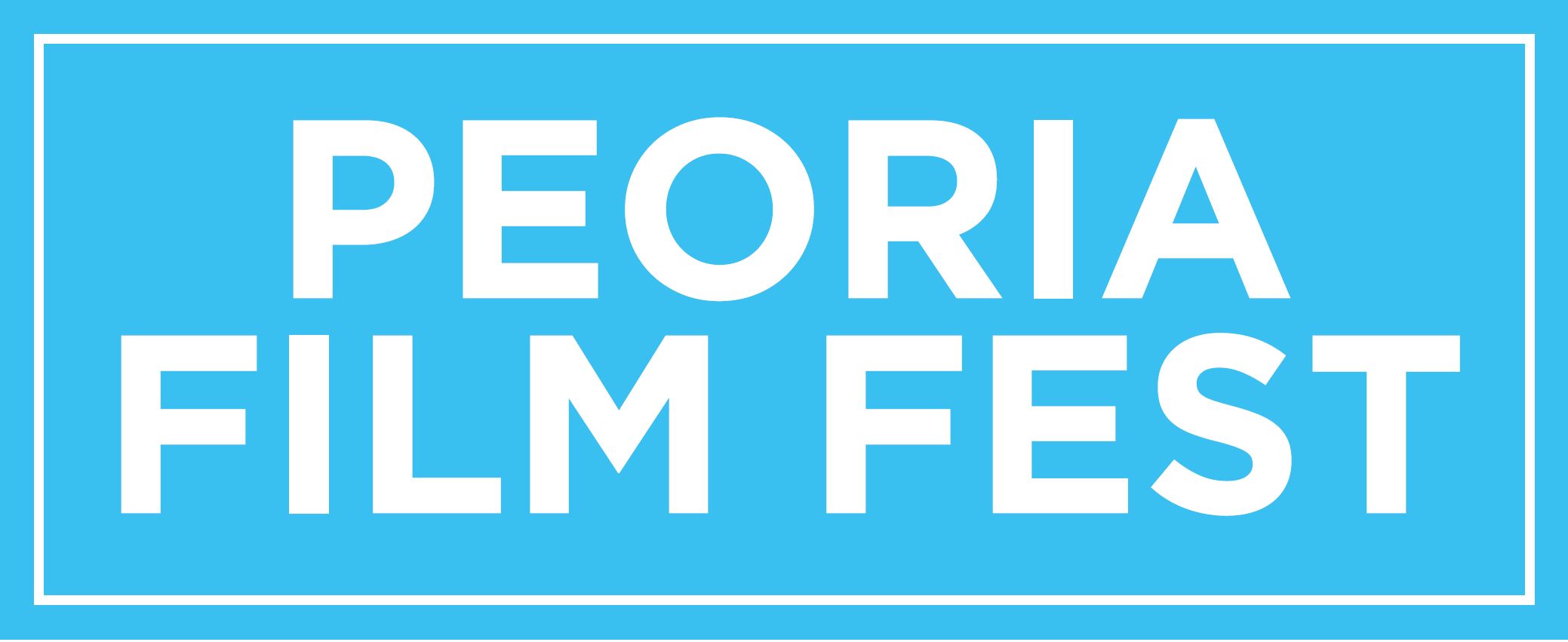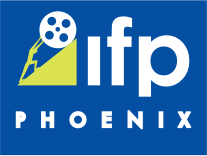Director Niki Caro’s (“McFarland, USA” (2015), “Whale Rider” (2002)) new film is about a zoo, a very unique and historical zoo. In “The Zookeeper’s Wife” - starring Jessica Chastain, Johan Heldenbergh and Daniel Bruhl - she tells the story of Antonina (Chastain) and Jan Zabinski (Heldenbergh), two zookeepers who saved hundreds of lives during the days of World War II’s Warsaw Ghetto. Niki spoke with the Phoenix Film Festival about Jessica’s bond with the animals, how this war story is told from a female point of view and more.
“The Zookeeper’s Wife” arrives in theatres on Friday, March 31.
PFF: I really appreciated the first shot - at least, I remember it as the first shot - in which two lion cubs are lying on a bed with Antonina’s (Chastain) sleeping young son, Ryszard. The scene instantly identifies Antonina as having a kinship with animals. How did that moment strike you as a storyteller but also as a filmmaker? Did you say to yourself, “How do we mechanically do this scene?”
NC: It’s an interesting story. The first image of Antonina, as scripted, was to be her in a chair feeding two lion cubs with a bottle. That classic Madonna image but with little lions. On the day the little lion cubs came to the set, they had already been fed. So, they didn’t need to be fed again and like all babies, they were sleepy. Rather than force them to do something (that) they weren’t prepared to do, we changed the script, and this was the philosophy of all the filmmaking with the animals. The animals dictated the shots in many ways.
It’s one of the most wonderful ways to work, because the animals are really like babies. You can’t make them do what you want them to do, and neither should you.
So, we changed the shot. I put the little babies on the bed with little Rys (Timothy Radford), and I put a camera behind Antonina, which is, in fact, a better image. It was very appropriate, I felt, to introduce Antonina in a very enigmatic way, because she was such an enigmatic character, and also to express her maternal nature. Then, of course, when (Jessica) left the room, the little lion woke up and watched her move across the room. That’s interesting too, because Jessica has an identical gift with Antonina Zabinski. Jessica is a genuine animal whisperer, and there was a very, very strong…unusually strong bond with her and the animals. I was very confident in being able to do all of the animal work, and nobody is doubling for Jessica.
PFF: Jessica was completely effective and believable as Antonina, a person who devoted her life to animals. She expressed this in many ways, like her joyous bike ride through the zoo and helping in the elephant area during one critical scene. Jessica established this strength, a feminine strength. When Jessica and you dove into the material, did you have discussions about portraying Antonina as being strong with a feminine spirit?
NC: That was the driving force. Her femininity. War stories in cinema are almost never told from the female point of view. Almost all war stories express the male experience, and that is absolutely appropriate, but this one was about a woman who was both very, very soft and very, very strong. Jessica and I totally committed to her femininity and even more than that, all of the filmmaking is inspired by that. Femininity was explored in the lighting, in the way things were (shot) and in expressing what Antonina’s experience was. Her husband, Jan (Johan Heldenbergh), was with the resistance and had a lot more (wartime) action. Her experience was no less important, and you could argue maybe, more important, because she had - at any given time - up to a dozen people living in their house, in (secret) places and everywhere in the zoo, while the zoo was being patrolled by German soldiers. The short answer is that this (story) is told very much from the feminine point of view and very proudly so.
PFF: The film takes place in Warsaw, the zoned-off ghetto from that period, but there was a hugely important moment in the movie that reminds the audience of what happens after the ghetto. At a train station, Jewish children were looking to adults – including Jan - to help “lift them up” onto the train. Was it important to include that particular scene?
NC: Yea, that was hugely important. As a filmmaker, I’m always reaching for an image that speaks loudly without using words, and as a parent, I’m kind of hyperaware of when a child puts (his or her) arms up to you. It’s all trust. It’s pure trust and confidence that you are going to pick them up and take care of them. So, it was an important image for me to bring to the film and give to Jan. Of course, (for the) audience and Jan, the context is so brutal, and yet, we still have to (meet the) trust of the children and help them onto the train.
PFF: Jan and Antonina seemed to enjoy a partnership, an equal partnership in their marriage. Thinking back to the time (1939) and wrongly perhaps, power centers in marriages may have been frequently very one-sided, but their relationship was not. Was that a key theme?
NC: I’d say that Antonina – in many ways – was a traditional wife at that time. She did defer to her husband, but what happens in wartime is that women come into themselves. She became, over those years, incredibly strong, and by the end of the movie, they - of course - are totally supportive of (each other). They were zookeepers. Jan was a doctor, very much the brains of the operation, but she was the heart. He admired her so much for the person that she was and the gifts that she had.
PFF: And that’s how a marriage should work.
NC: Yea, different but equal.
Jeff – a member of the Phoenix Critics Circle – has penned film reviews since 2008 and graduated from ASU’s Walter Cronkite School of Journalism. Follow Jeff and the Phoenix Film Festival on Twitter @MitchFilmCritic and @PhoenixFilmFest, respectively.










